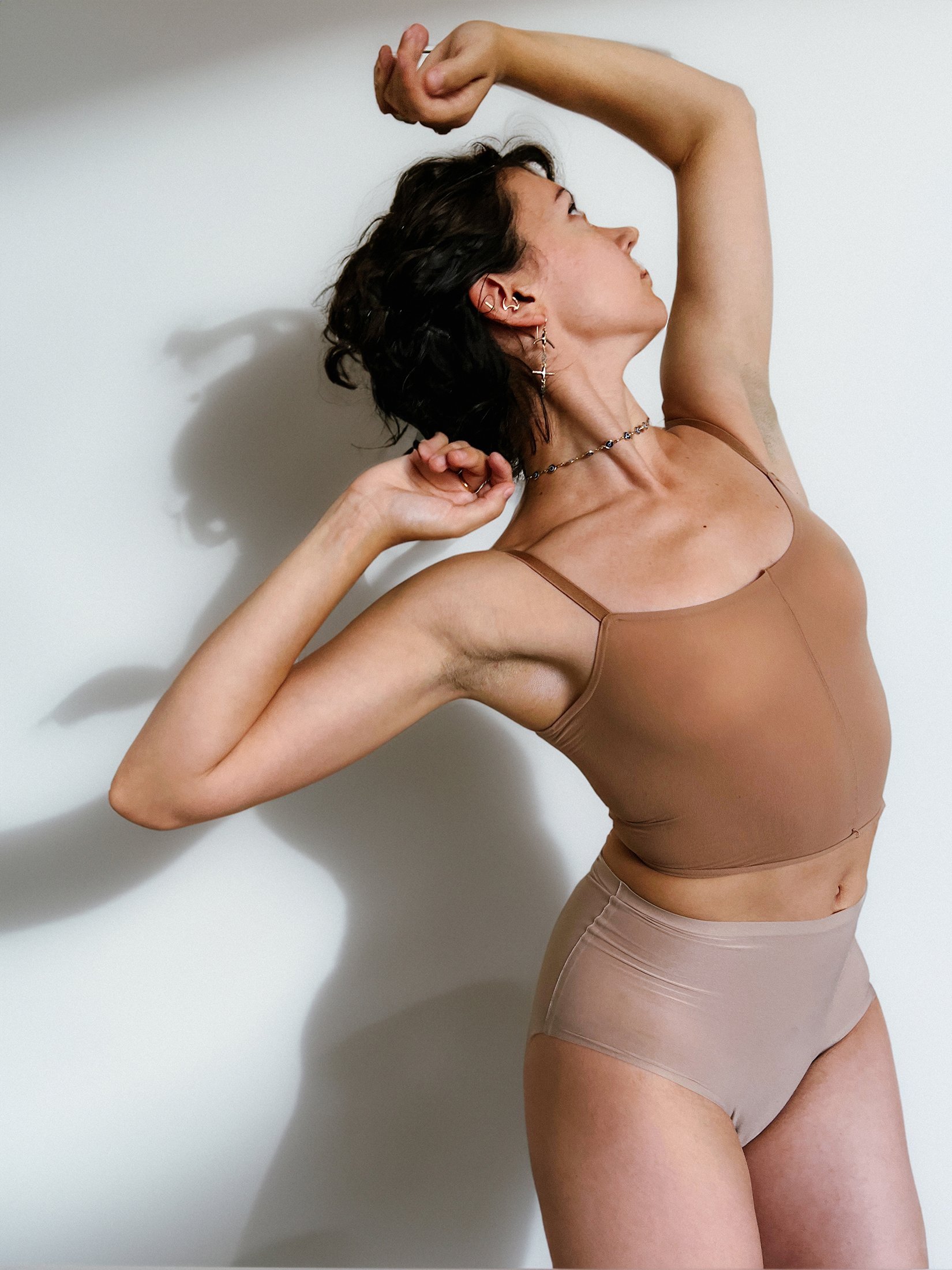Alyssa Fenolio
Denver and Los Angeles
If you’ve spent any time on the dance side of the internet, you’ve probably come across photos of Alyssa Fenolio. As a professional dancer and model, she regularly travels the US and shoots with many talented dance and fashion photographers.
Alyssa and I usually shoot 2-3 times a year. Most recently we shot in Denver Colorado and then Los Angeles California.
For our Denver shoot, we created images with massive angel wings.
I really enjoyed shooting with this wing prop. Ballet lines and wings easily mesh because they both create S curve shapes. (The wing curve creates the same line as a winged ballet foot line)
Another style we explored on our Denver shoot was a Noir vibe.
Noir refers to a genre of film.
“The 1940s and 1950s are generally regarded as the "classic period" of American film noir. Film noir of this era is associated with a low-key, black-and-white visual style that has roots in German Expressionist cinematography.“ - https://en.wikipedia.org/wiki/Film_noir
There’s so much mystery built into the style of Noir. (low light, hats covering the face, etc..) On top of the lack of color + specific lighting, body language is especially important in creating the mood of a Noir-style image. (Body language in all of photography is fun because it’s a non-verbal form of communication. There isn’t any dialogue in photos, but you are still being communicated to by the pose of the person in the photo, and these photos of Alyssa are no exception.)
Now let’s dive into the most recent shoot we did in Los Angeles, California.
This was a new space we shot at in downtown Los Angeles. It had lots of open space, natural light, as well as some fun props like that wavy chair and the oddly shaped circle.
You can follow Alyssa and see more of her work from her two Instagram accounts;
@Alyssa_Fenolio & @a_shea_fineart
-Oliver Endahl










































